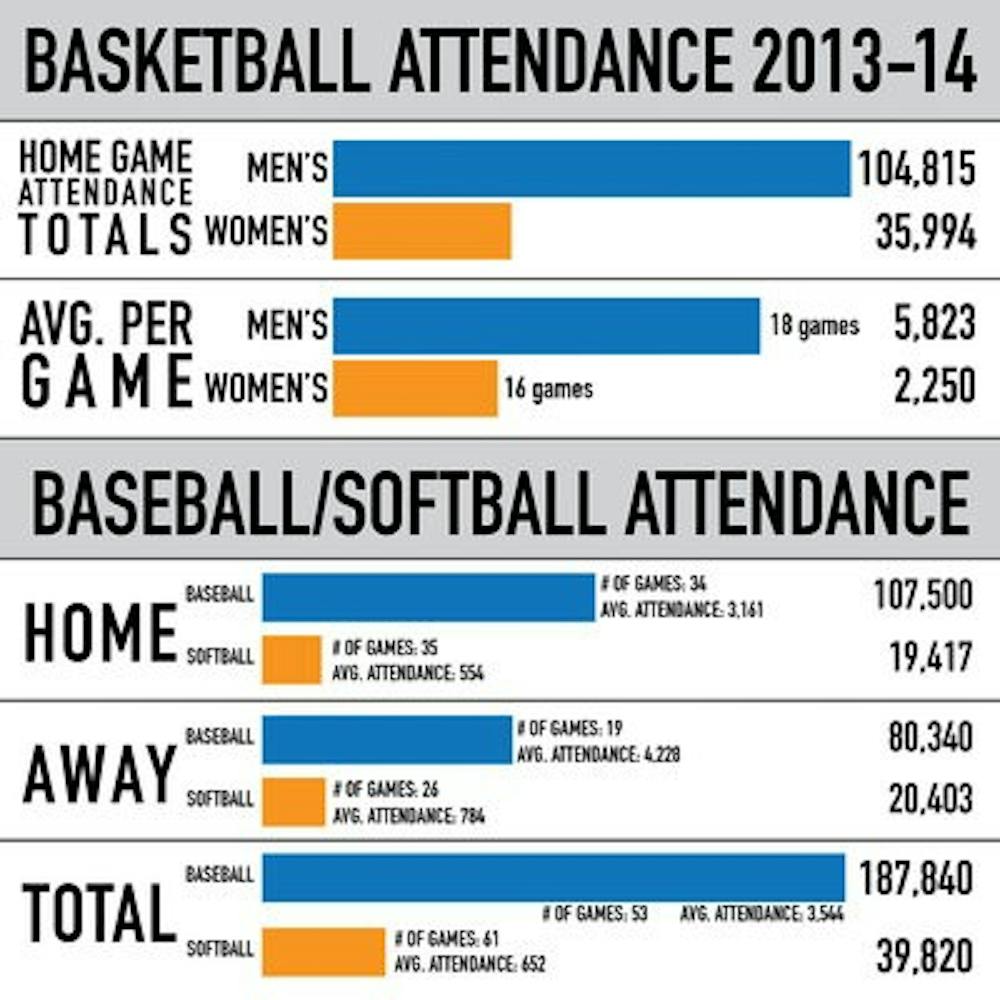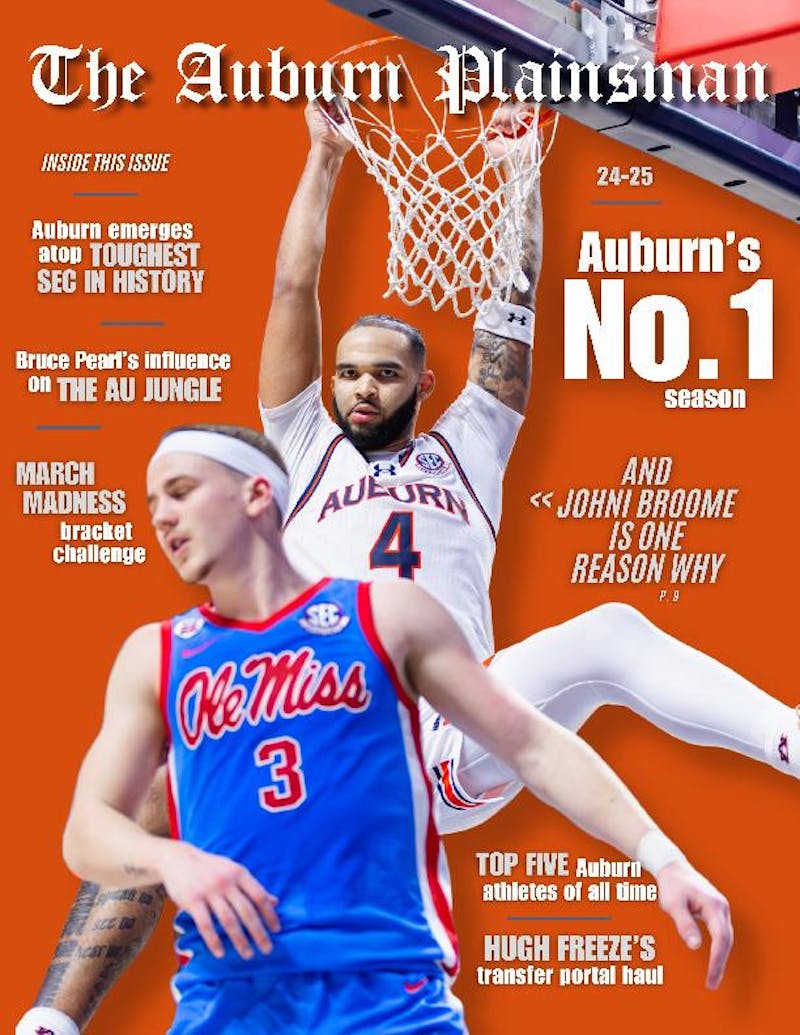Three women of France's national soccer team posed nude in a German tabloid newspaper for a campaign to promote women's soccer in Europe in 2009.
The women who participated in the campaign thought if they exposed themselves, it would make more people come watch them.
Sex appeal is one of many techniques used in the mission to bring more attention to women's sports, but viewership has still remained significantly lower than men's sports.
Look at Auburn Athletics.
The men's basketball team averaged 5,823 fans through 18 home games last season, while women's basketball averaged 2,250 through 16 games at home.
The baseball team averaged 3,161 fans at home games last year, more than five times as many fans as softball averaged.
Ask the first person you see on campus who won the Auburn football game. Not only will they most likely know, but they can probably tell you the score. Chances are they went to the game or watched it on television.
Chances of receiving an answer are low if you ask that same person what the outcome was of any of Auburn's women's sports.
Why are women's sports less popular than men's?
Some people say it is because men are stronger and faster, which makes them more entertaining to watch. That is not what matters to all sports fans, though.
While there are fans stuck on the fact that female athletes are not as fast, strong or physical as their male counterparts, other viewers want to watch sports at the highest professional standard, whether it is men or women in competition.
Sponsors and media also want to be associated with the best athletes, male or female.
If there were more sponsorship and media coverage for women's sports, they would be more popular.
So the real question is: Do women's sports need more media coverage and sponsorship to be competitive with men's sports?
The answer is yes.
Women in sports work just as hard as men do. They deserve the same attention.
Basketball is the most-covered collegiate women's sport, according to a 2012 USA Today article. It is still difficult to find a game being broadcast in the regular season, though.
The University of Connecticut has an impressive basketball program, and it is the women's program that has excelled. Huskies women's basketball has produced five championships and a higher overall winning percentage than the men's team.
Regardless of the program's success, the men's program continues to draw more attention from media, sponsors and fans.
While sports fans are still building an appreciation for them, female athletes and sports organizations are suffering.
Without the same coverage and sponsorship as men's sports, women's sports do not have the same fan experience or popularity.
The media and sponsors argue if women's sports attracted more interest in the first place, they would invest more time and money into coverage and sponsorship.
A balance of consumers, media and sponsors is what women's sports need to be as successful as men's.
People are currently more fascinated by male-dominant sports. A big part of their popularity is the attention they receive from media and sponsors.
Women's sports need to receive the same attention before we can see a change in their popularity.
It is a vicious cycle. Sponsors and media want to be associated with the best athletes, while viewers want to watch sports at the highest professional standard.
We need more women on television, in the newspaper and in the news to encourage the next generation of great female athletes.
Derek Thompson is a sports writer for The Plainsman. He can be contacted at sports@theplainsman.com
Do you like this story? The Plainsman doesn't accept money from tuition or student fees, and we don't charge a subscription fee. But you can donate to support The Plainsman.





